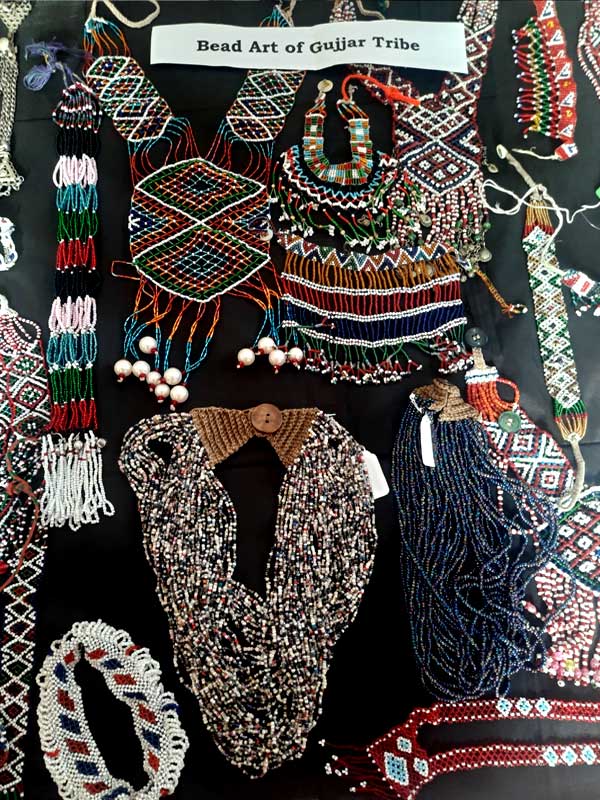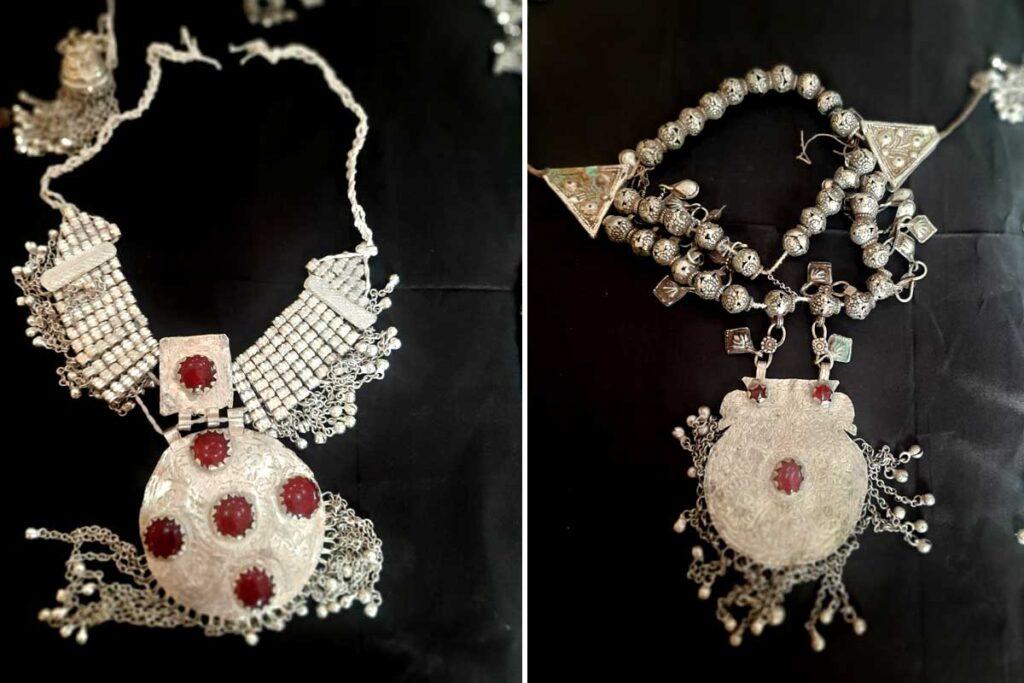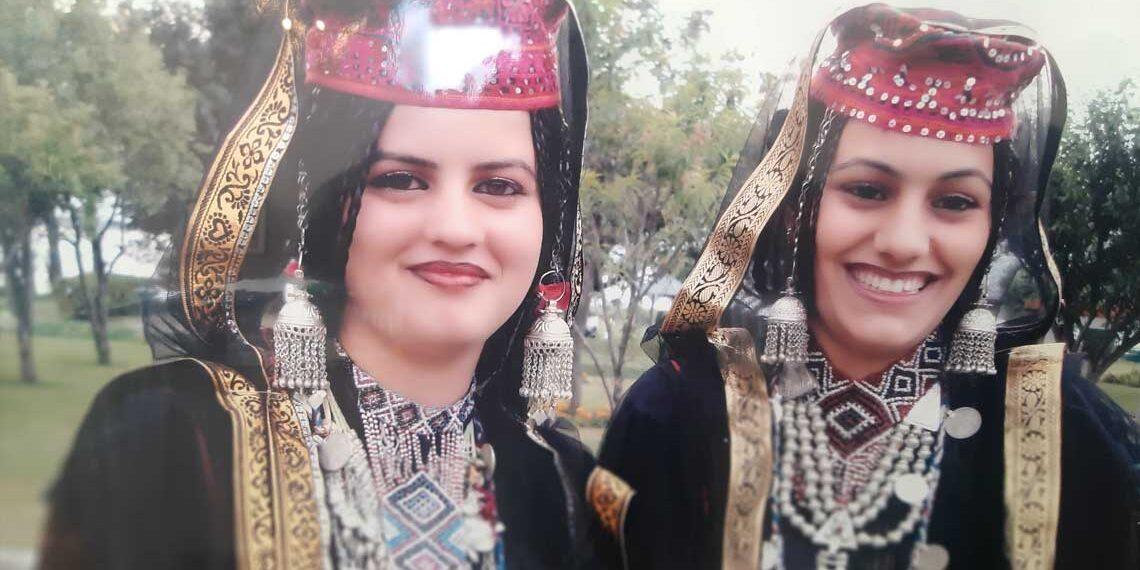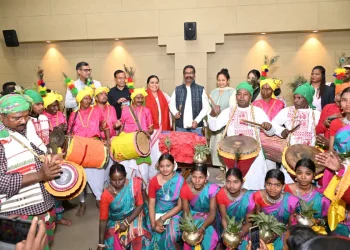Silver has traditionally been a favourite of the Gujjar and Bakarwal tribes in Jammu and Kashmir.
Nomadic families still prefer jewellery made of silver, not gold. Silver ornaments are gifted to daughters getting married, as also to new brides being welcomed into the family.

Researcher-author Dr Javaid Rahi says Gujjar and Bakarwal tribal women wear heavy, well-crafted silver jewellery. They are especially fond of neck pieces such as gani and haseeri, both of which are long chains, he adds.
Then there is the Dodmala, made of small pieces of pointed silver; the Hamel, with coins strung together and a heavy pendant; the beaded Jomala and the hefty, band-like Hansli.
Himself from the Gujjar-Bakarwal tribe, Rahi explains the significance of the popular triangular pendant, with a stone studded in the centre. “It symbolises the evil eye and is used to avert bad luck.”
Most tribal girls and women have their noses pierced. Young girls wear the smallest nose pin, Nali. Some of them also wear the Murki, a ring in the nasal septum, according to Rahi. Older girls can be seen in the Teera, a slightly bigger nose pin, while married women wear large and intricate nose ornaments known as Loung.
Mostly, the skin of tribal women’s ears droops with the weight of a dozen Bali, or silver rings with bells. They can also be seen wearing the oxidized metal Jhumka, along with thick silver Kara (bangles).
Gujjar brides are adorned with chains, Dolara, Sargast, Mahail, Gani, earrings, bangles and rings, all made of silver, for their wedding ceremony.
Even the men of the tribe wear silver jewellery, generally in the form of buttons on the kurta, or studs called Mogla that are used as cufflinks. Men can also wear silver anklets called Jhanjra along with the Anguthra — a large silver ring on the big toe.
Tribal Silver Jewellery, Age-old Practices Dying Out
Compared to jewellery made of gold, silver ornaments are heavier — with pearls and colourful beads embedded amid intricate designs.

The nomads hold a treasure trove of exotic designs in their minds, which even professional manufacturers cannot think of copying. But unfortunately, silver craftsmen who create these traditional designs painstakingly are a dying breed.
The new generation has either switched over to a new trade or uses machines to manufacture jewellery.
Some families living in urban centres have even begun wearing gold ornaments. However, among the nomads, silver remains the favourite.






















